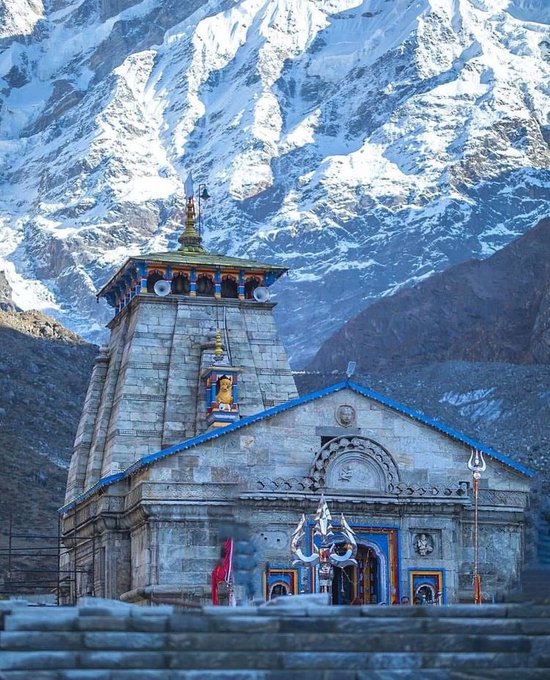
Devotees seeking the blessings of Lord Shiva have long flocked to the holy Kedarnath Temple, which is tucked away in the Himalayas. But lately, it has become entangled in a dispute involving politics, tradition, and accusations.
The Initiative in Delhi:
A few eyebrows were raised by plans to build a Kedarnath Temple in New Delhi. The plan was to mimic the design and sacredness of the ancient shrine.
However, Shankaracharya Swami Avimukteshwaranand strongly objected to it. His justification?
Delhi cannot duplicate Kedarnath’s address since it is in the Himalayas.
Sacred versus Symbolic:
The Shankaracharya’s position betrays a more serious worry. He argues that the holiness of religion cannot be transferred metaphorically. The fundamental idea of devotion and pilgrimage is called into doubt by his rhetorical inquiry, “How can Kedarnath be in Delhi?”
The Missing Gold Allegations:
The Shankaracharya hinted at political meddling, expressing concern about politicians entering religious spaces. He extended his skepticism to the proposed Delhi temple, calling it “another scam.” The Devotees’ Dilemma: Devotees grapple with conflicting emotions. On the one hand, they seek spiritual solace; on the other hand, they witness controversies. The proposed Delhi temple, while well-intentioned, raises questions about authenticity and intent.
In summary:
The story of the Kedarnath Temple reflects larger conflicts in society: tradition vs modernization, faith against practicality.
Devotees aspire for lucidity, openness, and a conclusion that respects the symbolic and the sacred as the discussion goes on.
Kedarnath is a canvas for human complexity as well as a monument to dedication, standing in the shadow of the Himalayas.
228 Kg gold scam in Kedarnath
— TIND Posting (@tindposting) July 15, 2024
This is how people are fooled in the name of religion pic.twitter.com/99OLHwQEDh










